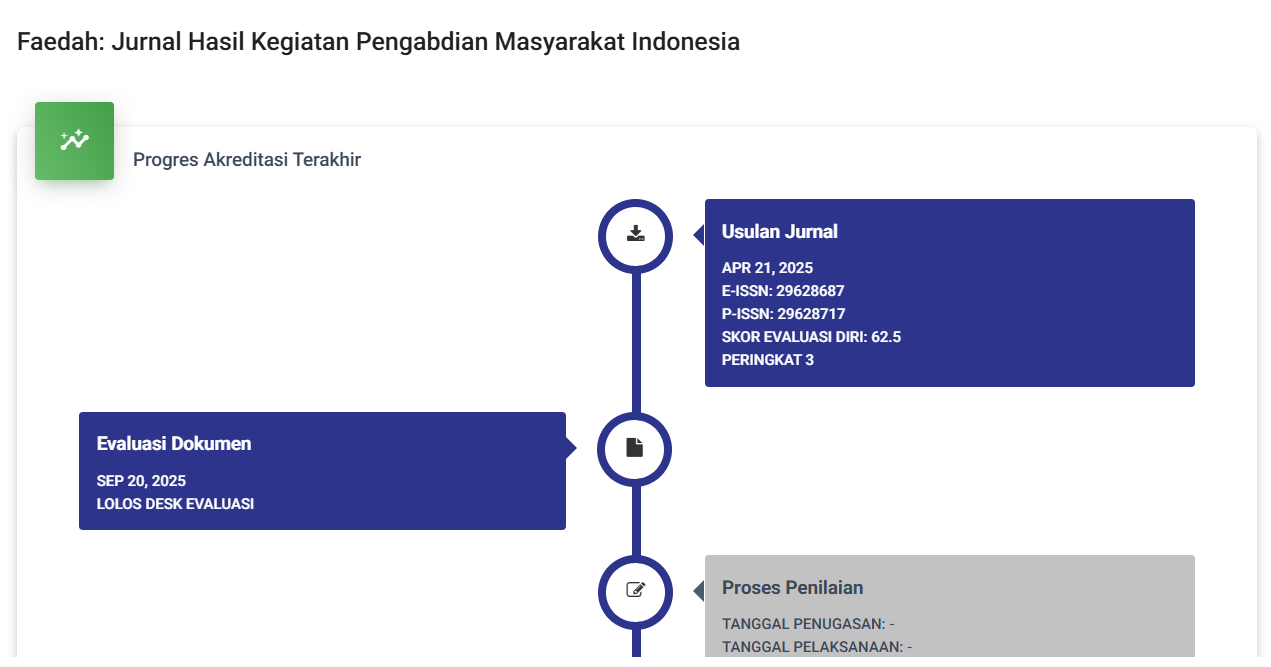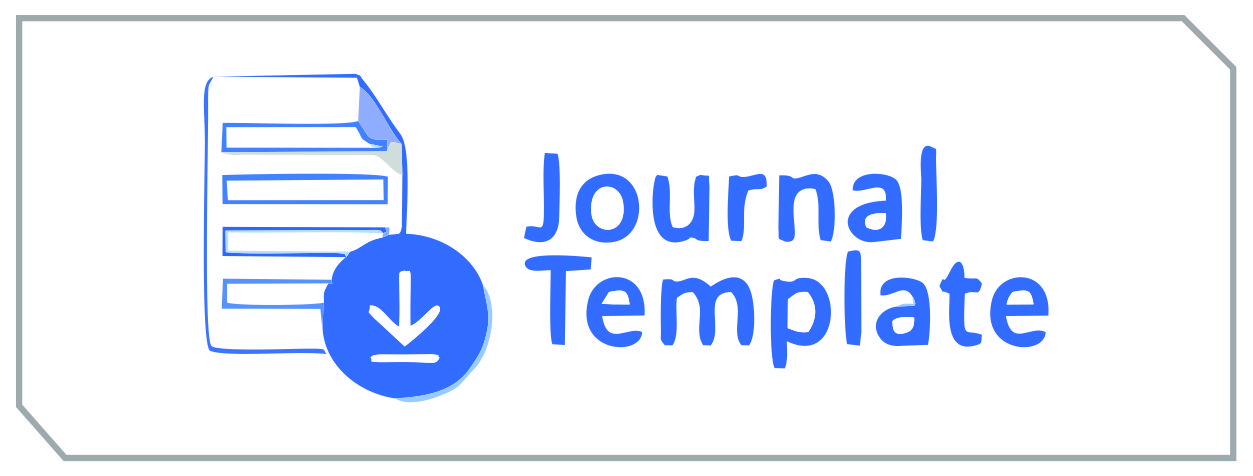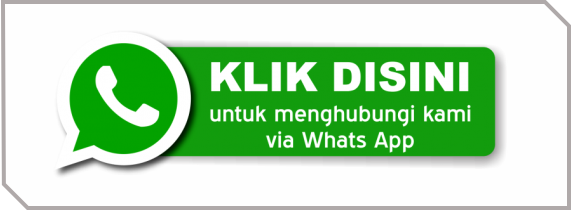Comparative Analysis of Teaching with Electronic Media and Conventional Teaching in the Classroom
DOI:
https://doi.org/10.59024/faedah.v2i2.821Keywords:
electronic media, conventional teaching, English language comprehensionAbstract
The rapid development of educational technology presents new opportunities for enhancing the teaching and learning process through electronic media, which can make learning more interesting and interactive, thus increasing student motivation and engagement. This study aimed to evaluate the effectiveness of different teaching methods direct teaching and the use of audio-visual media in enhancing English language comprehension among fifth grade students at SD Muhammadiyah Pahandut, Palangka Raya. The research involved a service activity conducted with lecturers and students from the Tadris English Education Study Program (TBI) IAIN Palangka Raya. The methodology included both pre-service preparations and the implementation of two distinct teaching approaches. Class 5A received direct teaching with active interaction, while Class 5B utilized interactive videos. The study revealed that conventional teaching in Class 5A faced challenges such as reduced student engagement and passive participation. However, strategic improvements in teaching techniques and classroom management were recommended to enhance effectiveness. In contrast, the use of technological media in Class 5B resulted in higher student engagement and better comprehension of the material, as evidenced by their active participation and correct responses during activities. Overall, the study highlights the advantages and disadvantages of both teaching methods, emphasizing that the choice of method should be context-specific and aligned with learning objectives and student characteristics. The findings suggest that integrating technological media can significantly enhance the learning experience and outcomes, particularly for elementary school students.
References
Ahmad Suryadi, S. P. (2020). Teknologi dan Media Pembelajaran Jilid I (Jilid 1; Suryani, Ed.). Jakarta Selatan: CV Jejak (Jejak Publisher).
Hanafiah, W. (2022). Conventional teaching and interactive-based teaching methods to adjust learners’ grammar and speaking competence in English classrooms: A comparative study for effectiveness methods in learning. Eduvelop: Journal of English Education and Development, 6(1), 79–92. https://doi.org/10.31605/eduvelop.v6i1.1957
John, A. N., Mulwa, D. M., & Mutua, F. B. (2023). Learner academic achievement in English: Case of cooperative learning approach and conventional teaching methods. International Journal of Recent Research in Social Sciences and Humanities (IJRRSSH), 10(1), 42–50. https://doi.org/10.5281/zenodo.7701621
Maksum, A. (2023). Pengelolaan sekolah dasar berbasis teknologi informasi (Cetakan Pe; S. S. Putra, Ed.). Bantul, Yogyakarta: K Media.
Marlya, F. A. K. (2021). Pembelajaran digital (Cetakan 1; A. A. Taufik & Usman, Eds.). Bandung: Widana Bhakti Persada Bandung.
Melansari, N., Adu, B., & Narni, N. (2023). Code mixing used by the teacher in teaching English at SMP Negeri 14 Baubau. International Journal of Education, Language, Literature, Arts, Culture, and Social Humanities, 1(1), 14-28.
Nahak, T. C. (2023, May). Meningkatkan prestasi belajar bahasa Inggris melalui pembelajaran kooperatif model Team Game Tournament (TGT) pada siswa kelas XI IPA 1 SMA Negeri 1 Malaka Barat tahun pelajaran 2022/2023. In Prosiding Seminar Nasional Pendidikan, Bahasa, Sastra, Seni, dan Budaya (Vol. 2, No. 1, pp. 204-214).
Putri, D. P. (2018). Pendidikan karakter pada anak sekolah dasar di era digital. AR-RIAYAH: Jurnal Pendidikan Dasar, 2(1), 37. https://doi.org/10.29240/jpd.v2i1.439
Sanchez, D. T. (2021). Interactive and conventional teaching approaches to optimizing reading comprehension performance. Revista Gestão Inovação e Tecnologias, 11(3), 1848–1858. https://doi.org/10.47059/revistageintec.v11i3.2055
Taufiqur Rahman, S.Pd., M. P. (2018). Aplikasi model-model pembelajaran dalam penelitian tindakan kelas (Cetakan I; M. P. Khamim Saifuddin, Ed.). Semarang: CV. Pilar Nusantara.
Wiyanto, M. S., Misnawati, M., & Dwiyanti, D. R. (2022). Penerapan strategi penolakan dalam komunikasi pembelajaran bahasa Inggris antara guru dan siswa di SMK PGRI 1 Jombang. EDUKATIF: Jurnal Ilmu Pendidikan, 4(2), 3076-3084.
Downloads
Published
How to Cite
Issue
Section
License
Copyright (c) 2024 Faedah : Jurnal Hasil Kegiatan Pengabdian Masyarakat Indonesia

This work is licensed under a Creative Commons Attribution-ShareAlike 4.0 International License.









